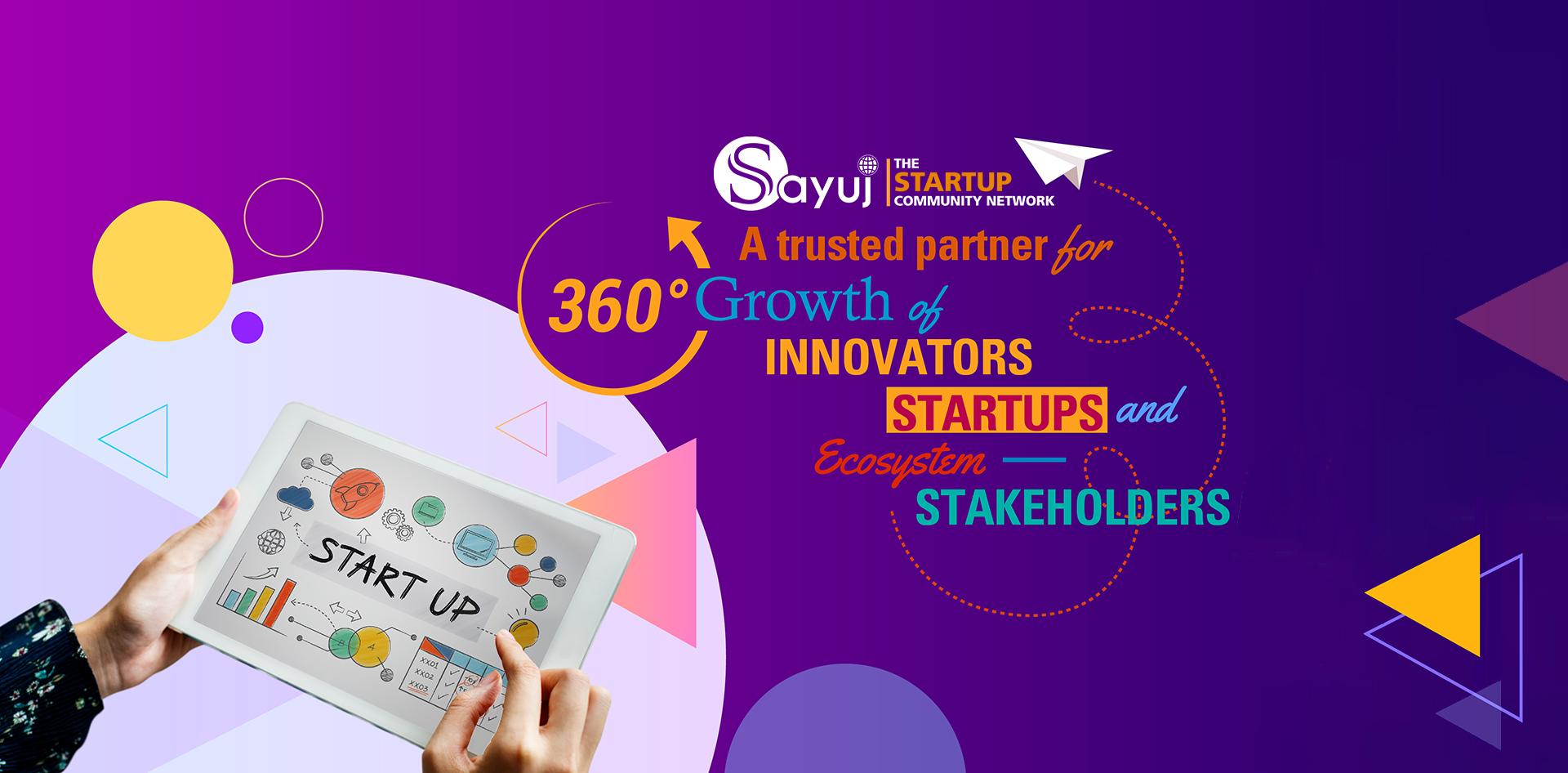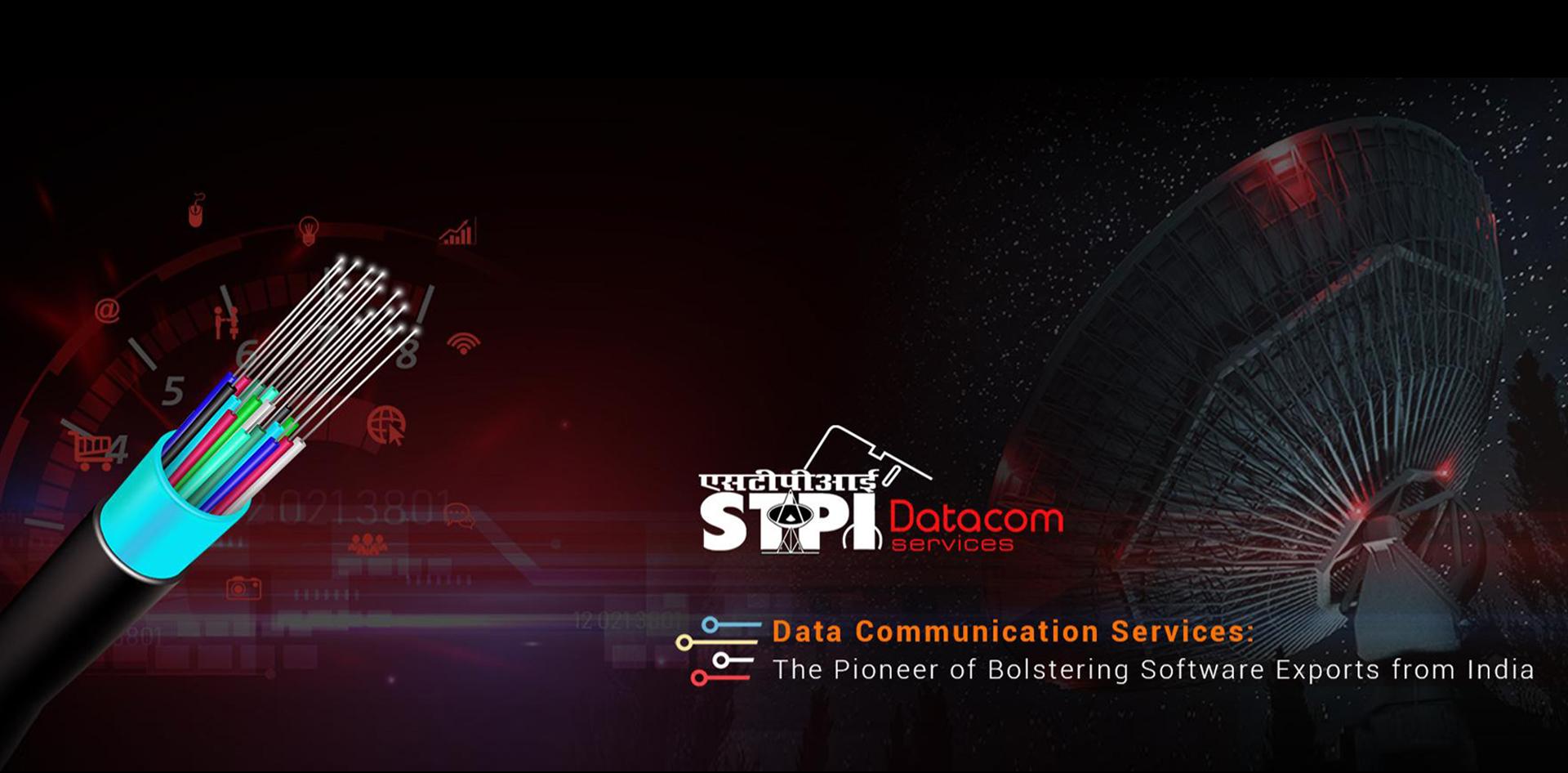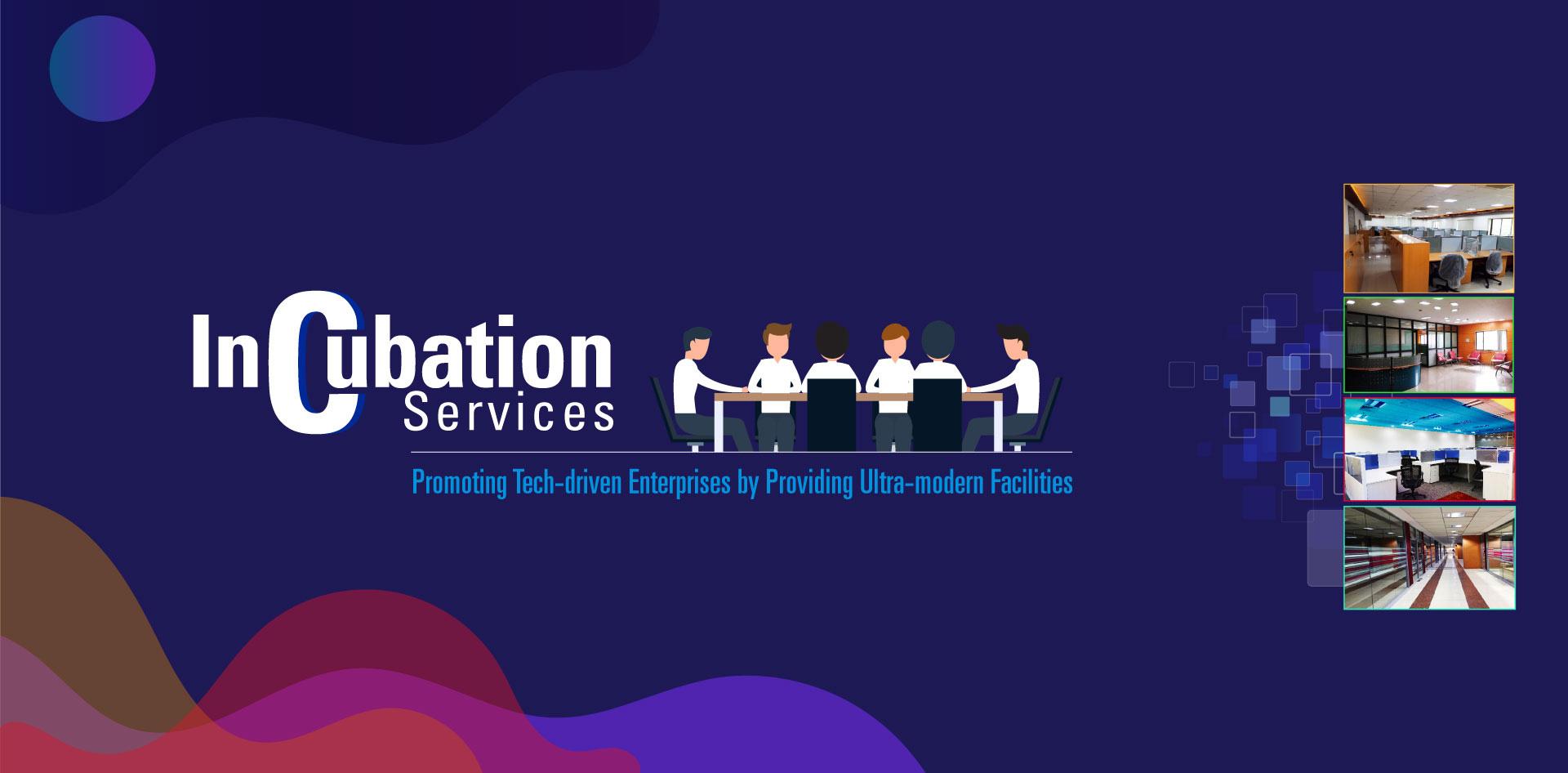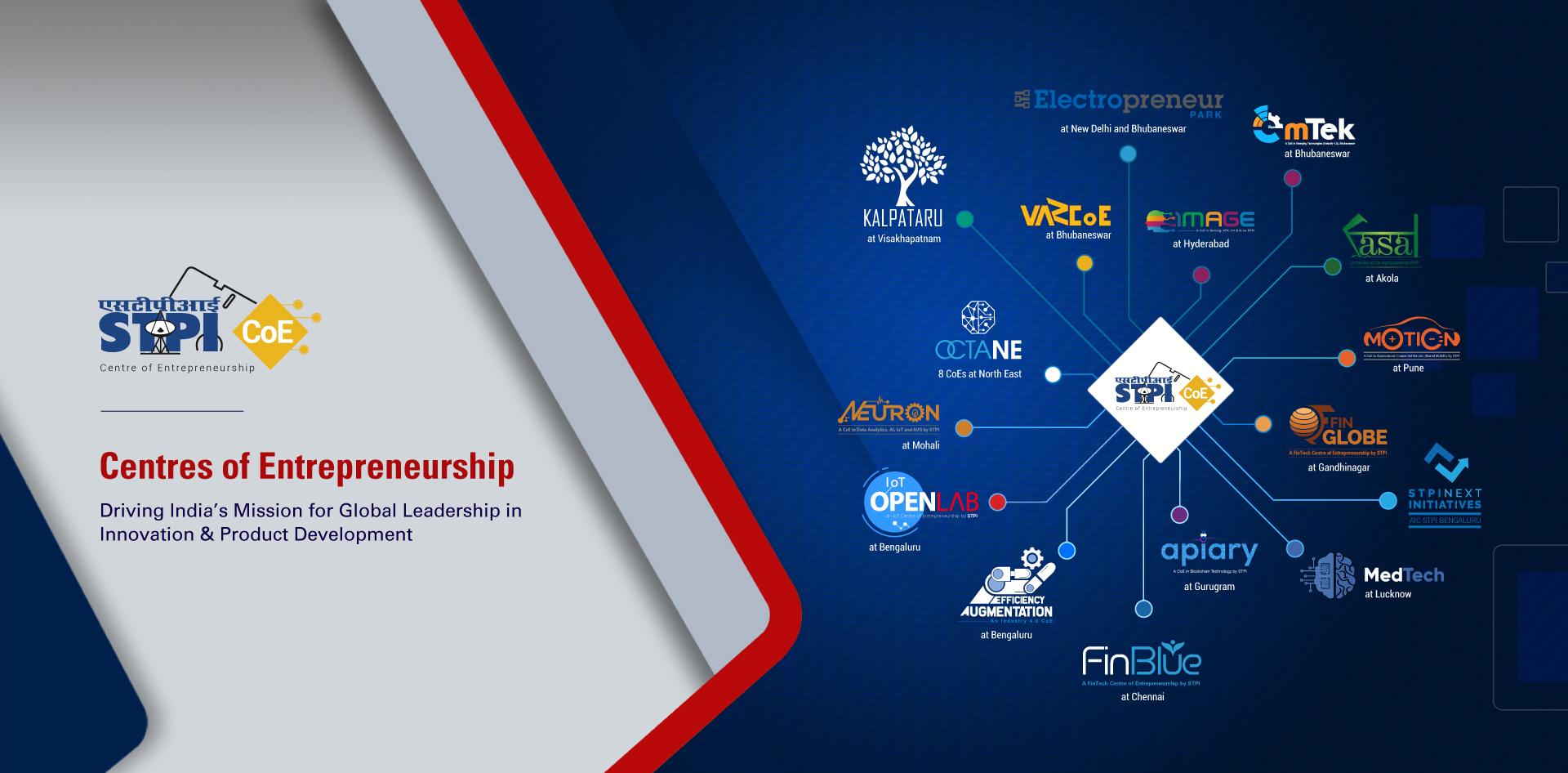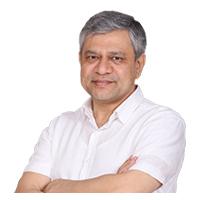About STPI Ranchi
Established by the Ministry of Electronics and Information Technology(MeitY), Government of India in 1991
Software Technology Parks of India (STPI), an autonomous society under Ministry of Electronics and Information Technology, Govt. of India has been set up with distinct focus to boost up Software export from the country.
STPI Headquarters is located in New Delhi with 67 centres and 14 Jurisdictional Directorates spread across the country.
STPI is constantly working with an objective to implement STP/EHTP scheme formulated by Govt. of India, set up and manage infrastructural facilities.
Know your Ministers
Shri Ashwini Vaishnaw is the Cabinet Minister for Railways, Information & Broadcasting, and Electronics and Information Technology in the Government of India. He is a Member of Parliament in Rajya Sabha since 28 June 2019. He is an M.Tech from IIT Kanpur and an MBA from Wharton School of the University of Pennsylvania.
Shri Jitin Prasada is the Union Minister of State for Commerce and Industry; and Electronics and Information Technology. He has been a Member of Parliament in Lok Sabha since 2004. He has an MBA degree from the International Management Institute, New Delhi and is an alumnus of Shri Ram College of Commerce, Delhi University.
Our Services
prev
next
Centre of Entrepreneurship
prev
next
Deliver a vibrant platform & 360 degree support to start-ups
Foster Entrepreneurship, Innovation, and knowledge exchange
Build Leadership in Emerging Technologies
Help start-ups create world-class IT / EDSM products indigenously.
Generating direct & indirect employment
A CoE is facility where the highest standards and best practices in terms of infrastructure, technology, leadership, mentoring, training, research & development is made available for specific focus areas
Centre of Entrepreneurship on FinTech is setup by STPI in collaboration with the Government of Gujarat. The best-in-class incubation facility of located at STPI-Gandhinagar, GIFT-City has 50 Plug n Play incubation seats for the FinGlobe CoE. The main object of this CoE is to encourage the Startups for creation of products and services to penetrate new areas of the financial system and to change the competitive landscape which in turn can motivate the traditional financial firms in this region to invest in technology and to pay attention to changing trends among their customers. It will…

Chief Mentor
Shri Rajiv Gupta

Head of CoE
Smt. Sonal Bhatawadekar
Our Journey
Govt. of India appointed Bhabha Committee to realise the importance of electronics and computers in national development that led to the establishment of Electronics Corporation of India Ltd. and formation of Department of Electronics (DoE).

Our Journey
Formative years of Indian IT industry noticed a slew of policy measures including New Computer Policy, New Electronic Policy & Software Policy to promote software development & exports.
The 1st Railway reservation through computerization was a visible outcome. Understanding the importance of software exports for the growth of the economy, RBI delegated the evaluation of software exports to DoE.

Our Journey
Software Technology Park (STP) was established at Bengaluru, Pune and Bhubaneswar to promote software exports, a pioneering step to realise the potential of global IT opportunities.

Our Journey
The 3 STPs were merged to establish Software Technology Parks of India on June 5 that heralded a paradigm shift in addressing the challenges of Indian IT industry.

Our Journey
STP & EHTP schemes were implemented to provide single window clearance to accelerate software & electronic hardware exports, clocking an inspiring Rs. 17 crore, 1st time by STPI members.
Satellite-based High-Speed Data Communication (HSDC) services was launched to bolster software exports, spearheading last-mile connectivity. This enabled companies implement software on their international clients’ computers from India.
STPI also launched Incubation services in India, a pioneering step that enabled 156 STPI members to avail 1.8 lakh sq. ft. space across the country.

Our Journey
STPI became the 1st Class-A commercial Internet Service Provider for IT industry, government & academia in India. To expand the international business of STPI units, STPI was the 1st organisation in India to demonstrate video conferencing facility between USA & Bengaluru, and further collaborated with 20 international carriers, connecting the world.

Our Journey
To encourage investment (both domestic and FDI) & entrepreneurship in IT industry, tax benefits under 10A & 10B were provided to the software exports units. STPI also started offering Project Management Consultancy (PMC) in 1995. The 1st project was an ambitious software development project for Fujitsu, Japan.

Our Journey
In a span of 5 years, STPI units’ exports increased 10,000% from Rs. 17 cr in 1992 to an impressive Rs. 1780 cr.
STPI units clocked Rs.3.4k cr exports, contributing 52% of national software exports in 1998. An impressive 1.3 lakh employment was provided by STPI units in 1999.
Identifying the needs of IT industry, STPI collaborated with 57 international carriers to provide connectivity to STP units promoting software exports across the globe.
To assist and facilitate Small & Medium Exporters (SME), STPI set up a business support centre called "India Infotech Center" in Silicon Valley, CA, USA, providing the services including: Entrepreneurial Assistance, Trade Promotion, Support, Infra and Comm. facilities, Market Research & Info., Joint Venture, Collaboration & Match-Making Facilitation
In 1998, Govt. of India constituted a “National Task Force on IT & Software Development” to recommend steps to remove bottlenecks in the path of rapid development and give a boost to the IT/ITeS Industry.

Our Journey
Established by the Ministry of Electronics and Information Technology(MeitY), Government of India in 2019
India has earned itself a reputation of an Information Technology superpower. Software Technology Parks of India has played a seminal role in accomplishing this status. Today, Software Technology Parks of India across over the country are synonymous with excellent Infrastructure and Statutory support aimed at furthering growth of Information Technology in the country.
Software Technology Parks of India, is an Autonomous Society set up by the Ministry of Electronics and Information Technology(MeitY), Government of India in 1991, with the objective of encouraging, promoting and boosting the Software Exports from India.
Software Technology Parks of India maintains internal engineering resources to provide consulting, training and implementation services. Services cover Network Design, System Integration, Installation, Operations and maintenance of application networks and facilities in varied areas.
Process development is based on the Quality Management System. Software
Technology Parks of India centre also adhere to ISO 9001 certification.

Our Journey
3 lakh sq. ft. of incubation facility was made available pan-India for startups and MSMEs, a majority of which was in Tier 2/ 3 cities.
To encourage education sector to utilise internet for R&D and innovation, STPI provided internet for "Student Internet World", an event where 30,000 students in Bengaluru participated.

Our Journey
STPI-USA business support centre "Infotech" was established with 337 beneficiaries. In a matter of just 2 years, STPI more than doubled the number of centres from 15 in 2000 to 35 in 2002.
The world started seeing STPI as a great example whilst replicating the STP model. STPI collaborated with Mauritius to execute the “Ebene Cyber City Project” and with UNESCO to replicate STP model in Nepal.

Our Journey
STPI took an ambitious consultancy project called Khajane NET to interconnect all the treasuries in Govt. of Karnataka on a central platform, helping achieve complete transparency & control over transactions.
Europe Star teleport facility, located in STPI, Bengaluru commenced for monitoring downlink signals covering ISN region (India/Nepal/Srilanka) through CSME (Communication System & Monitoring Equipment) facility based out of Toulouse, France.
The PanAmSat teleport facility located in STPI, Bengaluru commenced for monitoring downlink signals covering the IOR (Indian Ocean Region) through the CSME facility. STPI Bengaluru was connected to PAS NOC centre at Atlanta via Fucino Earth Station, Italy.
STPI made last mile connectivity possible in Tier 2/3 cities through the prestigious IPStar project to deliver services in remote areas where terrestrial lines were non-existent or line conditions were poor.

Our Journey
STPI took the Commercial Taxes Network Project that involved networking of nearly 93 branches of Department of Commercial Taxes, Govt. of Karnataka. STPI Bengaluru also managed the VSAT Hub operations as part of the project.
In 2004, India announced itself online via .in domain. STPI acted as a backbone for implementing .in Internet Domain Name Policy that resulted in 75,000 domain registrations in the very 1st week of its opening to the public.
Since inception, STPI set up its own International Gateways at 40 locations for providing HSDC links to the IT/ITeS industry pan India with more than 50% in Tier II/III cities.
STPI set up state-of-the-art technology infrastructure for the launch of NIXI (National Internet Exchange of India & CERT-In (The Indian Computer Emergency Response Team).
STPI set up state-of-the-art tech infrastructure by integrating pan India iNOC and Web Services Hall for NIC (National Informatics Center)
STPI helped set up state-of-the-art infrastructure in different parts of the world, like IT parks in Cote d’Ivory & Cyprus, continuing the replication of the successful “STPI model” for boosting the countries’ IT industry.

Our Journey
STPI provided PMC services for identifying the right technology for the National E-governance Plan, as requested by the National Institute for Smart Governance (NISG).
STPI helped Laos to establish their National Data Centre.
1 million employed directly in IT/ITeS sector with 75% employment from STPI units. Bengaluru was identified as a startup-focused community and Orchid Techscape was created to encourage the startups to own the Intellectual Property within India and strengthen the startup ecosystem.
STPI Jurisdictional Directors became the development commissioners for IT/ITeS Special Economic Zones (SEZ) for providing an internationally competitive environment.
STPI units set another massive milestone by clocking more than Rs. 1 lakh crore exports.

Our Journey
STPI replicated the STP model in Bhutan by helping them set up IT Park to boost software exports and expand tech entrepreneurship in that country.

Our Journey
STPI set a gold standard for IT industry.
In 20 years, STPI grew from 3 to 51 centres pan India with 44 centres in Tier-II/III cities, enabling the dispersion of IT industry. 2 million direct employment was registered in IT/ITeS sector with 75% of the total employment was provided by STPI units.
STPI units doubled the exports in just 3 years with over Rs. 2 lakh crore exports in 2009. In a historic first, STPI provisioned 1 Gbps bandwidth to customers across the country.
Despite the lapse of tax exemption provided to STP units under 10A/10B on March 31, 2011, STPI units grew tremendously due to ease of doing business, no administrative hurdles and transformative efforts while implementing the STP/EHTP scheme expeditiously.

Our Journey
STPI units clocked over Rs. 3 lakh crore exports in 2013.
To position India as a global hub for ESDM, STPI launched EP, 1st of its kind incubator. STPI in association with Govt. of Karnataka also set up SMART Lab in Bengaluru to test electronic hardware.
To safeguard Indian standards & practices for manufacturers in Electronics & IT products, STPI was also entrusted with the CRS.
Furthermore, to encourage innovation in multimedia, animation & gaming, STPI set up IMAGE incubation centre in Hyderabad.
STPI became the nodal agency for implementing the BPO Promotion Scheme and set up the Data Centre of National Data Repository of DGH at Bhubaneswar.
STPI set up STPINEXT INITIATIVES, a Section 8 company, through a special purpose vehicle to bolster R&D, innovation and product development to brace the challenges of Industry 4.0.

Our Journey
To build India’s leadership in emerging tech, STPI embarked on setting up 21 domain-centric Centres of Entrepreneurship (CoEs) in collaborative manner across India.
Moreover, STPI established the 1st Fab Lab a concept of Massachusetts Institute of Technology, USA in Bhubaneswar, a Tier II city. STPI units have also garnered a cumulative massive Rs. 1.5 lakh crore investment (including FDI) since 1992.
STPI launched 6 CoEs such as FinBlue, NEURON, IoT OpenLab, MOTION, VARCoE and Electropreneur Park Bhubaneswar.
STPI-registered units contributed Rs. 4,21,103 core software exports.

Our Journey
STPI launched 6 more CoEs such as IMAGE, Apiary, MedTech CoE, IoT in Agriculture CoE, Animation CoE, and Emerging Technologies – AR/VR CoE.
To realise the vison of NPSP 2019, STPI launched Next Generation Incubation Scheme (NGIS) in 12 Tier-II locations of India viz. Agartala, Bhilai, Bhopal, Bhubaneshwar, Dehradun, Guwahati, Jaipur, Lucknow, Prayagraj, Mohali, Patna & Vijayawada.
During COVID-19 pandemic, STPI warranted business continuity to IT industry by allowing work from home.
STPI-registered units contributed Rs. 4,68,276 crores software exports.

Our Journey
STPI launched 7 more CoEs including AIC STPINEXT at Bengaluru, FASAL at Akola, and 5 CoEs under OctaNE in Phase 2 comprising Data Analytics & AI CoE/SIZ at Agartala, IT Applications in Graphics Design CoE/SIZ at Kohima, IT Application in Healthcare & AgriTech CoE/SIZ at Gangtok, Gaming & Entertainment CoE/SIZ at Aizwal, and GIS Applications (including Drone Technology) CoE/SIZ at Itanagar, totalling to 20 operational CoEs pan-India.
STPI launched the 61st centre at Kohima and created 2 jurisdictional directorates at Kolkata and Gurugram.
STPI-registered units contributed Rs. 5,08,820 crores to the software exports.

Our Journey
STPI launched EmTek a CoE in Emerging Technologies at Rourkela, totalling to 21 operational CoEs pan-India.
STPI launched the 62nd centre at Meerut, Uttar Pradesh & 63rd centre at Davanagere, Karnataka.
STPI, in collaboration with ESC, launched a startup initiative "Building the next unicorn-mission to USA".
Under this mission, 33 startups were selected for global exposure & funding support by visiting the USA.
STPI-registered units contributed Rs. 6,28,330 crores to the software exports.

Our Journey
STPI launched 2 more CoEs including Kalpataru a CoE in Industry 4.0 at Vizag and Efficiency Augmentation CoE at Bengaluru, totalling to 23 operational CoEs pan-India.
STPI-registered units contributed Rs. 8,48,398 crores to the software exports.

Our Journey
So far in 2024, STPI has launched FinGlobe CoE in Financial Tech at Gandhinagar, totalling to 24 operational CoEs pan-India.
Further, STPI launched its 64th centre at Kochi, Kerala & 65th centre at Bhagalpur, Bihar.

Latest News
View All14-12-2024
STPI in Media
STPI Co-hosted the 9th Edition of TiE Global Summit 2024 in Bengaluru and exchanged MoUs with Intel, Bosch, Schinder Electric and GIEEE
The Software Technology Parks of India (STPI) is proud to co-host the highly prestigious 9th edition of the TiE Global Summit 2024. Scheduled to…
23-11-2024
STPI in Media
Bengaluru Tech Summit 2024: STPI showcases 60 SAYUJ community startups, presents Karnataka IT Export Awards
STPI IT Export Awards 2024, honors Karnataka region's leading IT companies, acknowledging their remarkable contributions to technological growth,…
23-11-2024
STPI in Media




